Sepsis and septic shock stand as life-threatening conditions that demand swift and vigilant action from healthcare providers, with nurses playing a pivotal role in their management. As frontline caregivers, nurses are essential in recognizing early signs of sepsis, initiating prompt interventions, and providing comprehensive care to improve patient outcomes.
This article aims to highlight the critical importance of nursing in battling sepsis and septic shock, shedding light on the pathophysiology, risk factors, clinical presentations, and evidence-based interventions. By fostering a comprehensive understanding of these conditions, nurses can proactively contribute to saving lives and minimizing the burden of sepsis on patients and healthcare systems.
What is Sepsis and Septic Shock?
One of the most common types of circulatory shock and the incidences of this disease continue to rise despite the technology.
- Sepsis is a systemic response to infection. It is manifested by two or more of the SIRS (Systemic Inflammatory Response Syndrome) criteria as a consequence of documented or presumed infection.
- Septic shock is associated with sepsis. It is characterized by symptoms of sepsis plus hypotension and hypoperfusion despite adequate fluid volume replacement.
Pathophysiology
The pathophysiology of sepsis involves an evolving process. The following shows the process of how sepsis works its way inside of our body.
- Microorganisms invade the body tissues and in turn, patients exhibit an immune response.
- The immune response provokes the activation of biochemical cytokines and mediators associated with an inflammatory response.
- Increased capillary permeability and vasodilation interrupt the body’s ability to provide adequate perfusion, oxygen, and nutrients to the tissues and cells.
- Proinflammatory and anti-inflammatory cytokines released during the inflammatory response and activates the coagulation system that forms clots whether or not there is bleeding.
- The imbalance of the inflammatory response and the clotting and fibrinolysis cascades are critical elements of the physiologic progression of sepsis in affected patients.
Epidemiology
Sepsis has affected a lot of people in the United States and around the world as well. The rise in the numbers of those affected with sepsis is alarming and should be given utmost attention.
- Annually, an estimated 750, 000 people in the United States are affected by sepsis.
- By 2010, the rate may increase up to 1 million cases every year.
- Elderly patients are at most risk for developing sepsis because of decreased physiologic reserves and an aging immune system.
- Gram-positive bacteria accounts for 50% of cases of septic shock.
- It is also estimated that 20% to 30% with severe sepsis may never identify the site of infection.
Causes
There are several factors that can put the patient at risk for septic shock, and these include:
- Patients with immunosuppression have greater chances of acquiring septic shock because they have decreased immune system, making it easier for microorganisms to invade the body tissues.
- Extremes of age. Elderly people and infants are more prone to septic shock because of their weak immune system.
- Malnourishment. Malnourishment can lower the body’s defenses, making it susceptible to the invasion of pathogens.
- Chronic illness. Patients with a longstanding illness are put at risk for sepsis because the body’s immune system is already weakened by the existing pathogens.
- Invasive procedures. Invasive procedures can introduce microorganisms inside the body that could lead to sepsis.
Clinical Manifestations
The signs and symptoms that are associated with septic shock and sepsis include the following:
- Since the ability of the body to provide oxygen and nutrients is interrupted, the heart compensates by pumping faster.
- Hypotension occurs because of vasodilation.
- To compensate for the decreased oxygen concentration, the patient tends to breathe faster, and also to eliminate more carbon dioxide from the body.
- The inflammatory response is activated because of the invasion of pathogens.
- Decreased urine output. The body conserves water to avoid undergoing dehydration because of the inflammatory process.
- Changes in mentation. As the body slowly becomes acidotic, the patient’s mental status also deteriorates.
- Elevated lactate level. The lactate level is elevated because there is maldistribution of blood.
Prevention
Before sepsis could invade a patient’s body, it is better to prevent its occurrence here are some ways to prevent sepsis and septic shock.
- Strict infection control practices. To prevent the invasion of microorganisms inside the body, infection must be put at bay through effective aseptic techniques and interventions.
- Prevent central line infections. Hospitals must implement efficient programs to prevent central line infections, which is the most dangerous route that can be involved in sepsis.
- Early debriding of wounds. Wounds should be debrided early so that necrotic tissue would be removed.
- Equipment cleanliness. Equipment used for the patient, especially the ones involved in invasive procedures, must be properly cleaned and maintained to avoid harboring harmful microorganisms that can enter the body.
Complications
Complications could happen in a patient with sepsis if it is not properly treated or not treated at all.
- Severe sepsis. Sepsis could progress to severe sepsis with symptoms of organ dysfunction, hypotension or hypoperfusion, lactic acidosis, oliguria, altered level of consciousness, coagulation disorders, and altered hepatic functions.
- Multiple organ dysfunction syndrome. This refers to the presence of altered function of one or more organs in an acutely ill patient requiring intervention and support of organs to achieve physiologic functioning required for homeostasis.
Assessment and Diagnostic Findings
Early assessment and diagnosis of the infection must be established to avoid its progression.
- Blood culture. To identify the microorganism responsible for the disease, a blood culture must be performed.
- Liver function test. This should be performed to detect any alteration in the function of the liver.
- Blood studies. Hematologic test must also be performed to check on the perfusion of the blood.
Medical Management
The current treatment of septic shock and sepsis include identification and elimination of the cause of infection.
- Fluid replacement therapy. The therapy is done to correct the tissue hypoperfusion, so aggressive fluid resuscitation must be implemented.
- Nutritional therapy. Aggressive nutritional supplementation is critical in the management of septic shock because malnutrition further impairs the patient’s resistance to infection.
Nursing Management
Nurses must keep in mind that the risks of sepsis and the high mortality rate associated with sepsis, severe sepsis, and septic shock.
Nursing Assessment
Assessment is one of the nurse’s primary responsibilities, and this must be done precisely and diligently.
- Signs and symptoms. Assess if the patient has positive blood culture, currently receiving antibiotics, had an examination or chest x-ray, or has a suspected infected wound.
- Signs of acute organ dysfunction. Assess for presence of hypotension, tachypnea, tachycardia, decreased urine output, clotting disorder, and hepatic abnormalities.
Diagnosis
Sepsis can affect a lot of body systems and even cause their failure, so diagnosis is an important part of the process to establish the presence of sepsis.
- Risk for deficient fluid volume related to massive vasodilation.
- Risk for decreased cardiac output related to decreased preload.
- Impaired gas exchange related to interference with oxygen delivery.
- Risk for shock related to infection.
Planning & Goals
Healthcare team members should be prepared with a care plan for the patient for a more systematic and detailed achievement of the goals.
- Patient will display hemodynamic stability.
- Patient will verbalize understanding of the disease process.
- Patient will achieve timely wound healing.
Nursing Interventions
Nursing interventions pertaining to sepsis should be done timely and appropriately to maximize its effectivity.
- Infection control. All invasive procedures must be carried out with aseptic technique after careful hand hygiene.
- Collaboration. The nurse must collaborate with the other members of the healthcare team to identify the site and source of sepsis and specific organisms involved.
- Management of fever. The nurse must monitor the patient closely for shivering.
- Pharmacologic therapy. The nurse should administer prescribed IV fluids and medications including antibiotic agents and vasoactive medications.
- Monitor blood levels. The nurse must monitor antibiotic toxicity, BUN, creatinine, WBC, hemoglobin, hematocrit, platelet levels, and coagulation studies.
- Assess physiologic status. The nurse should assess the patient’s hemodynamic status, fluid intake and output, and nutritional status.
Evaluation
After implementation of the interventions, the nurse must evaluate their effectiveness.
- Patient displayed hemodynamic stability.
- Patient verbalized understanding of the disease process.
- Patient achieved timely wound healing.
Discharge and Home Care Guidelines
Even after discharge, the patient must still be taught how to establish home and community care regimen.
- Prevent shock episodes. The nurse should instruct the patient and the family strategies to prevent shock episodes through identifying the factors implicated in the initial episodes.
- Instructions on assessment. The patient and the family should be taught about assessments needed to identify the complications that may occur after discharge.
- Treatment modalities. The nurse must teach the patient and the family about treatment modalities such as emergency administration of medications, IV therapy, parenteral or enteral nutrition, skin care, exercise, and ambulation.
Documentation Guidelines
Proper documentation must be established both for legal protection and data organization.
- Document individual risk factors.
- Document assessment findings.
- Document results of the laboratory tests and diagnostic studies.
- Document plan of care and teaching plan.
- Document client’s responses to treatment, teaching, and actions performed.
- Document modifications in the plan of care.
See Also
Posts related to Sepsis and Septic Shock:



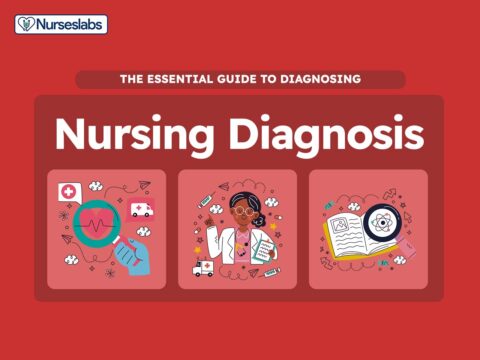











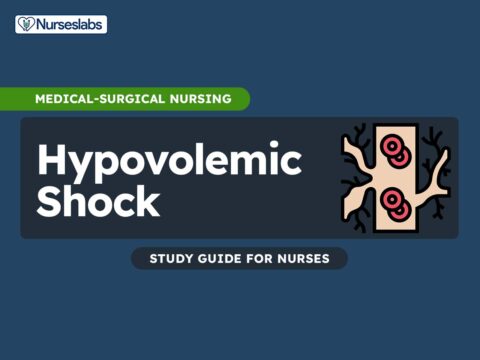

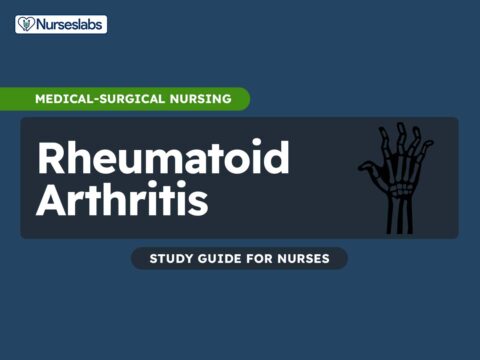


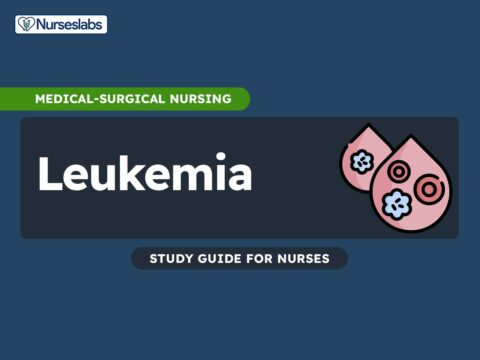


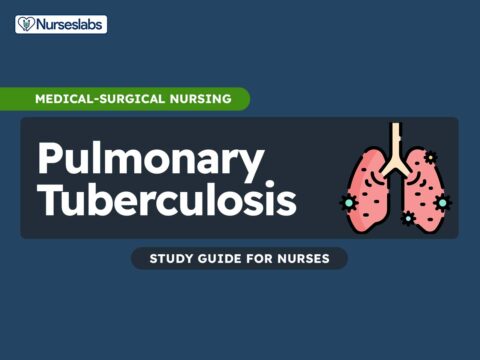





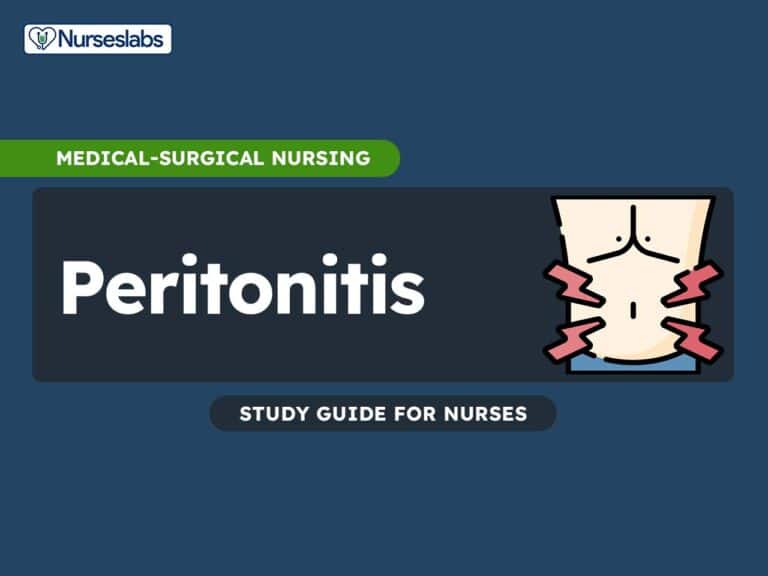
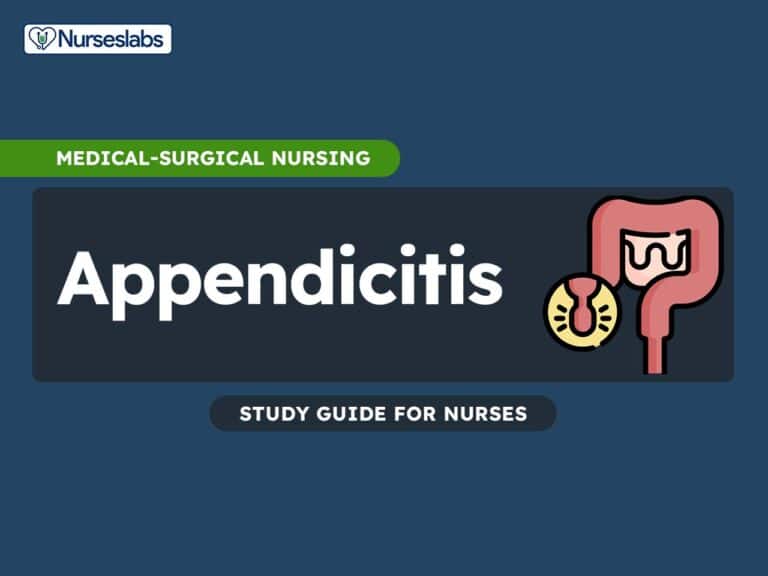


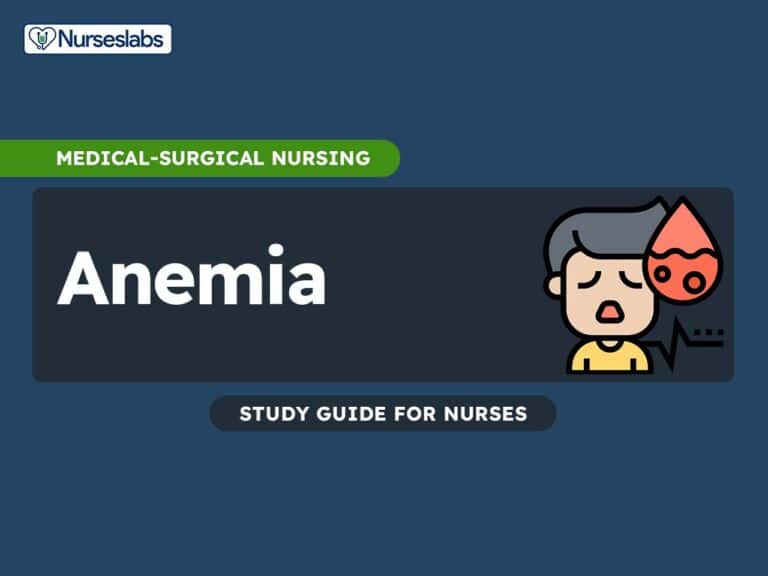

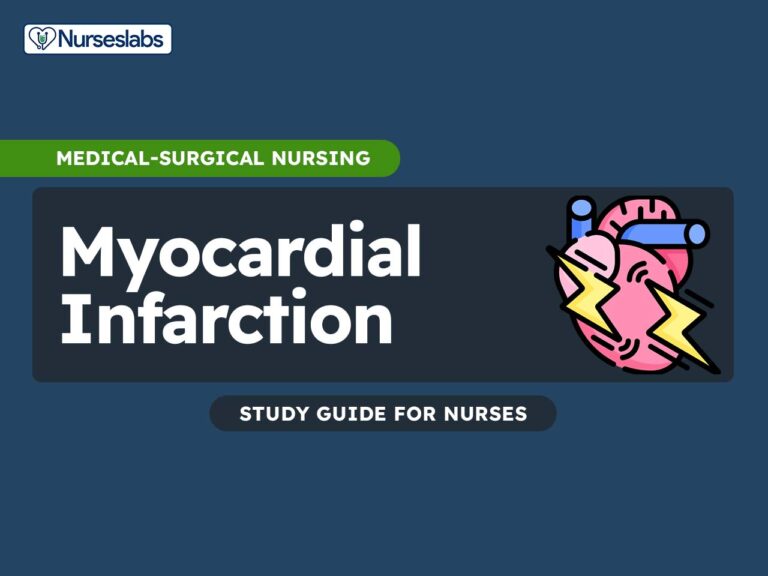
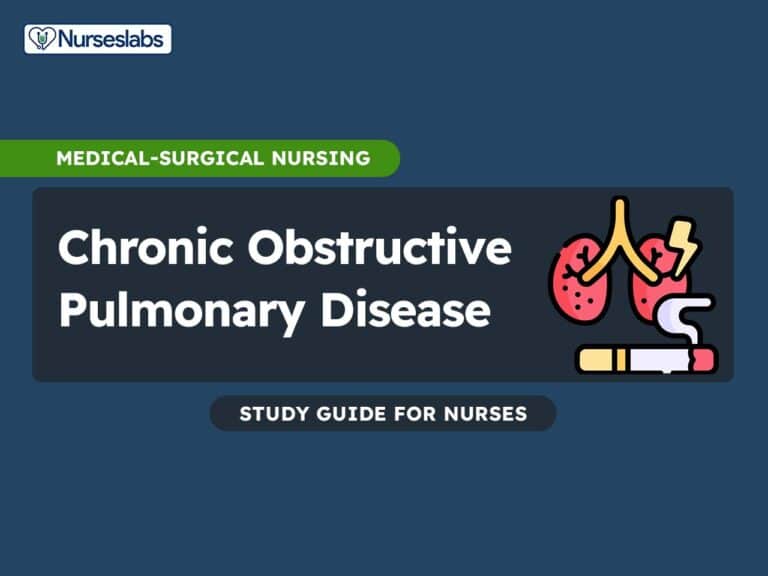
Leave a Comment